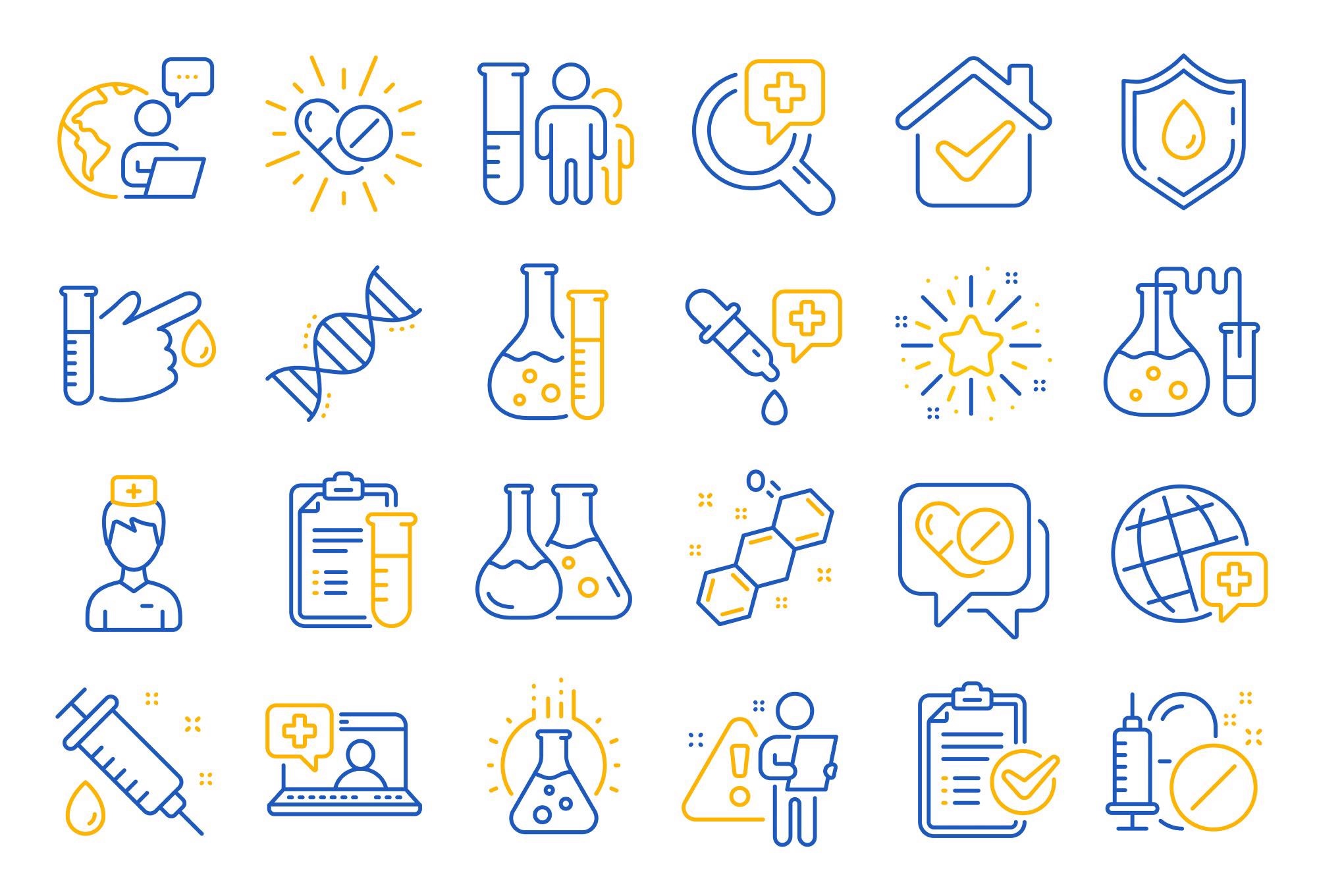The drug discovery process has seen many advancements over the decades. New technology has been a key driver of such advances, with breakthroughs in assay technology, automation, imaging, nanofluidics, and software helping to significantly improve the process of drug discovery. Compared with 50 years ago, drug discovery is now much faster, relatively cheaper, is less resource-intensive, and is more precise - with fewer false leads followed as a result of more accurate predictions as to a compound’s potential efficacy in acting of certain pathways.

Image Credit: Blan-k/Shutterstock.com
However, while the industry has experienced great advancements, it is still limited by several modern challenges. In short, these are the length, complexity, uncertainty, and cost of the process; the unknown pathophysiology of many disorders, making target identification difficult; the limitations of animal models; the heterogeneity of the patient population making one-size-fits-all drugs limited in success; and the lack of validated diagnostic and therapeutic biomarkers. Here, we discuss each of these challenges in turn.
Length, complexity, uncertainty, and cost of drug discovery
While numerous developments in the space of drug discovery have seen the process reduce its timescales, complexity, cost and enhance its precision, there is still a long way to go. These facts still represent challenges to modern drug discovery.
Recent data has revealed that from the identification of a therapeutic compound, it takes roughly 12 years of research and development to obtain market approval, and that’s only if the drug succeeds. Only one in 1,000 (0.1%) of drugs that enter pre-clinical trials will succeed to be tested on humans, and only one in five (20%) of those that enter in-human trials make it to approval. While these numbers have improved, there is still much room for further improvement to optimize the drug discovery process.
It is predicted that the length, complexity, uncertainty, and cost of drug discovery will be addressed by the increased use of AI, robotics, and automation. Innovations in these fields are helping to streamline the process via the use of high-throughput robotic screening in specialized assays. Further development of these technologies in the drug discovery space will likely lead to further improvements in the coming years.
Unknown pathophysiology of disorders
To develop an effective new therapeutic, scientists must understand the pathophysiology of the disease they are attempting to treat. While our knowledge of diseases has evolved greatly over the years, with the underlying biological mechanisms of many diseases having been revealed over the decades, we still lack a deep understanding of the pathophysiology for many diseases, particularly for nervous system disorders, making it challenging to identify suitable targets.
Continued advances in genomics, metabolomics, and the analysis of disease at the structural and biochemical levels are helping to overcome this barrier. However, much more research and development is needed before this challenge to modern drug discovery can be overcome.
How AI is accelerating drug discovery - Nature's Building Blocks | BBC StoryWorks
Limitations of animal models
Before a potential new therapeutic compound can be tested in humans, it must pass pre-clinical trials where its safety is established in in-vivo studies that use animal models to test the effect of the compound in a live animal or in-vitro studies where the compound is introduced to cells lines derived from humans or animals in a petri-dish or test tube.
Often, in-vivo studies are favored over in-vitro as they allow researchers to observe the impact on the living organism as a whole, rather than on isolated cells, which helps to predict the full scale of potential adverse events a compound may induce. However, animal models also face a significant limitation in that humans are unique, and a compound may impact a human differently from how it impacts another animal. For this reason, the full safety profile of a potential new drug cannot be captured using an animal model.
Developments of the new in vitro technique of 3-dimensional cell growth, which is more accurate than two-dimensional models at replicating complex microenvironments and surrounding stromal components, may offer a way to address this barrier.

Image Credit: LeoWolfert/Shutterstock.com
Heterogeneity of the patient population
Over recent years, researchers and medical professionals have become more aware that diseases develop differently in each individual. This heterogeneity of the patient population means that certain therapeutics may be more effective for certain patients. Advances in clinical phenotyping and endotyping are helping to address these challenges. In the coming years, we will likely see an increased focus on human data to enhance target identification and validation.
Lack of validated diagnostic and therapeutic biomarkers
Finally, validated diagnostic and therapeutic biomarkers are vital to obtaining accurate measurements of biological states, such as those that are implicated in various diseases. While significant advancements have been made in recent years in the identification of diagnostic and therapeutic biomarkers, overall, there is a general lack of biomarkers for diseases across the board. This is preventing scientists from understanding not only the pathophysiology of the disease but also the efficacy of drugs being trialed.
Advances in metabolomics, proteomics, and imaging will likely continue to address this issue, with more validated biomarkers expected to emerge in the near future.
Sources:
- Tautermann, C., 2020. Current and Future Challenges in Modern Drug Discovery. Methods in Molecular Biology, pp.1-17. https://pubmed.ncbi.nlm.nih.gov/32016883/
- Van Norman, G., 2019. Limitations of Animal Studies for Predicting Toxicity in Clinical Trials. JACC: Basic to Translational Science, 4(7), pp.845-854. https://www.sciencedirect.com/science/article/pii/S2452302X1930316X
- Yildirim, O., Gottwald, M., Schüler, P. and Michel, M., 2016. Opportunities and Challenges for Drug Development: Public–Private Partnerships, Adaptive Designs and Big Data. Frontiers in Pharmacology, 7. https://www.frontiersin.org/articles/10.3389/fphar.2016.00461/full
Further Reading
Last Updated: Nov 4, 2024